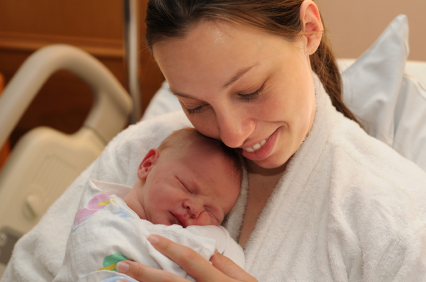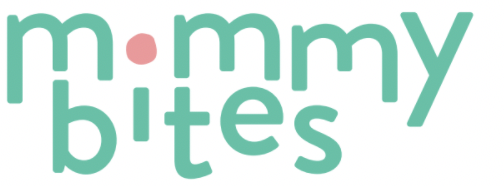
Last week we had an extremely informative teleclass led by two of the city’s top OB ( Dr. Jaqueline Worth & Dr. George Mussalli) who covered current obstetric practices. During the hour-long call, listeners gained insights into the factors that are associated with high C-section rates as well as ways to minimize the chances of having a C-section. The doctors also helped moms gain a better understanding of the risks and benefits of vaginal birth after cesarean sections.
If you didn’t catch this tele-class, here are the takeaways from the Birth Revealed telecast.
1. Choosing your caregiver is the most important factor influencing your birth experience.
When it comes to picking a pregnancy provider – do your home work. Discuss your birth preferences early with your doctor or midwife so you can be sure you both can get on the same page or have enough time to change to a new provider.
2. Vaginal birth After Cesarean (VBAC) can be very successful but weigh the risks carefully.
In the best hands VBAC is 90% successful regardless of the reason for the previous C-section. However, the risks to the baby from a uterine rupture complication are serious and must be balanced against the positives of vaginal birth.
3. Breech babies can be effectively and safely turned using External Cephalic Version (ECV).
80% or more of breech babies can be turned to a head down presentation by those experienced in ECV. The best time is 36-37 weeks of pregnancy. Other methods including moxabustion, positioning, and acupuncture appear safe but have a much lower success rate.
** The website the doctors mentioned on ways to turn a breech baby is: www.spinningbabies.com.
4. Most twins can be delivered vaginally so long as the baby closest to the cervix is head down.
Twin pregnancies require great expertise in care during pregnancy and delivery. Delivering the second twin as a vaginal breech is safe under most circumstances but mothers and partners need to be prepared for the possibility of needing a C-section for Twin B after successful vaginal delivery of Twin A.
Read Next | Episiotomy or Natural Tear: Understand the Difference, Benefits and Downsides
5. Episiotomies should not be routinely done.
An episiotomy makes for a more painful recovery after delivery more so than a small tear from vaginal birth. However, extensive tearing is worse and is one indication to do an episiotomy. Urgent delivery of the baby is another reason to get an episiotomy. These reasons aside an episiotomy is rarely needed for the first birth and almost never for all other deliveries after the first. Use of a lubricant during delivery also helps tremendously to reduce tearing or episiotomy needs.
Village Obstetrics is dedicated to the expert and intimate care of normal and complicated pregnancies. More information on pregnancy topics is available at our website. We would be happy to also answer additional questions from the babybites community by email at Docs@VillageOb.com.
Like what you read? JOIN the Mommybites community to get the latest on FREE online classes, parenting advice, events, childcare listings, casting calls & raffles, and our Parents With Nannies Facebook group. SIGN UP NOW!



